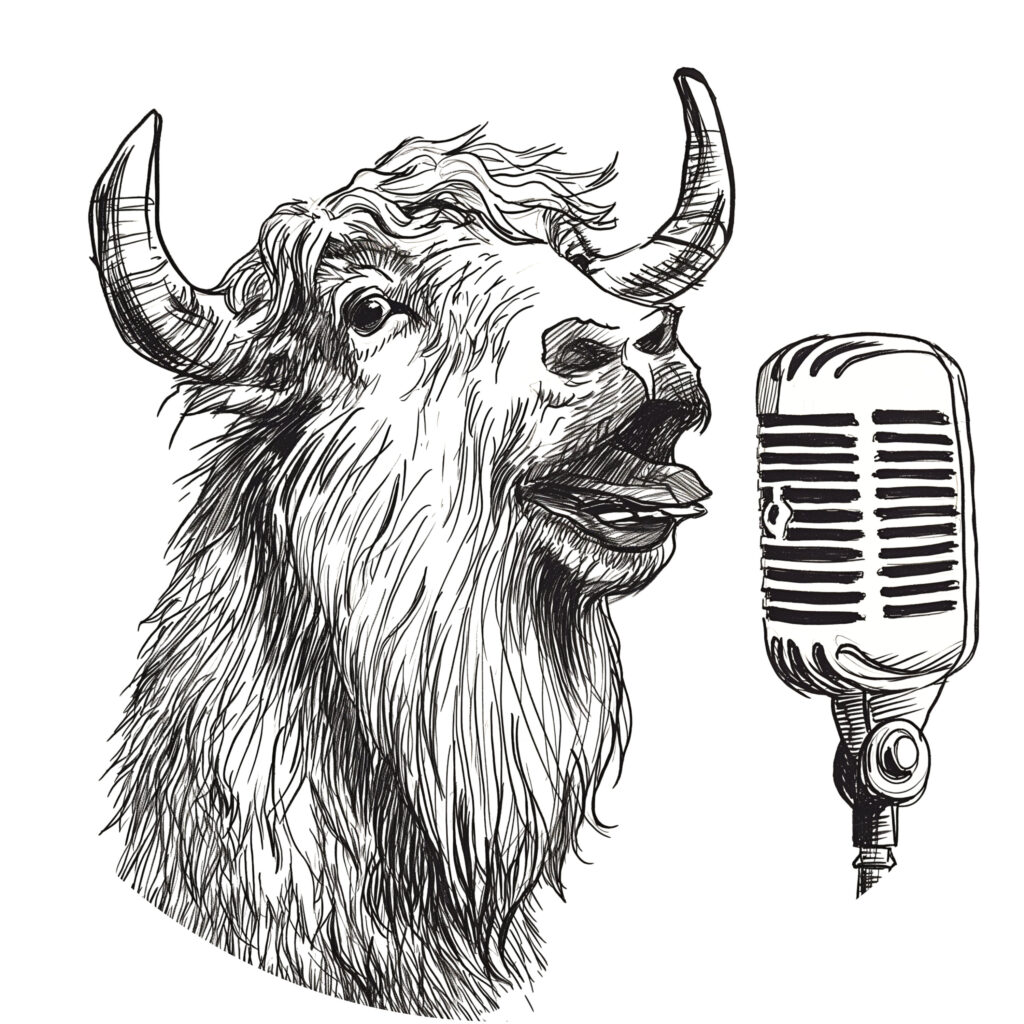LinkedIn has been a sleeper tool in my bag of tricks. When I say sleeper, that’s to be read as “ignored”.
The premise is so simple: Join. Invite your peers. Meet their peers. That’s it — so simple. It’s something that the business breakfasts have been working on for years and years, networking clubs that strive to foster the face to face network to expand professional relationships. But what LinkedIn drives by leveraging some radically simple technology is volume.
I made a point to invite 15 people. Ten of them signed up quickly. Of those folks, four of them had existing networks. Of those four, two of them had been very active users, with 300+ networks each by themselves. The system did the math and determined that with my users my total network went from 1 (me) to over 20,000 in just a short week.
I jumped in and ran some searches on my second and third degree networks and found a number of folks that I already knew — acquaintances and friends — and added them to my direct contact list. Then, I searched for like minded people.
My major project was to find people who are in a similar position to mine, to start networking with them, learning about this whole new media thing, how to formalize something that has yet to be truly architected as a function of marketing and public relations. I found three people very willing to reciprocate and thus, my network is born. The payoff was quick, the experience universally positive, the scope vast.
I imagine the trick will be keeping it going. There’s a lot of energy around these new experiences and building a network like this is akin to a non-drug induced high. Once the buzz is gone, will the payoff stick?
And such is my primary puzzle; charged with building a virtual network of nearly a half of a million people, how do you create lasting buzz and value in a communication channel that is strong enough to last? At this point, I’m taking a page from Joe Trippi, that a virtual network is only as good as the inherent opportunities for real life meet-ups. As much as we say we’re a virtual society, as much as we like to think that the 80% of Americans on the net are actually using it to it’s potential, I think people want to touch one another at a very base level. We are the culture of the handshake.
